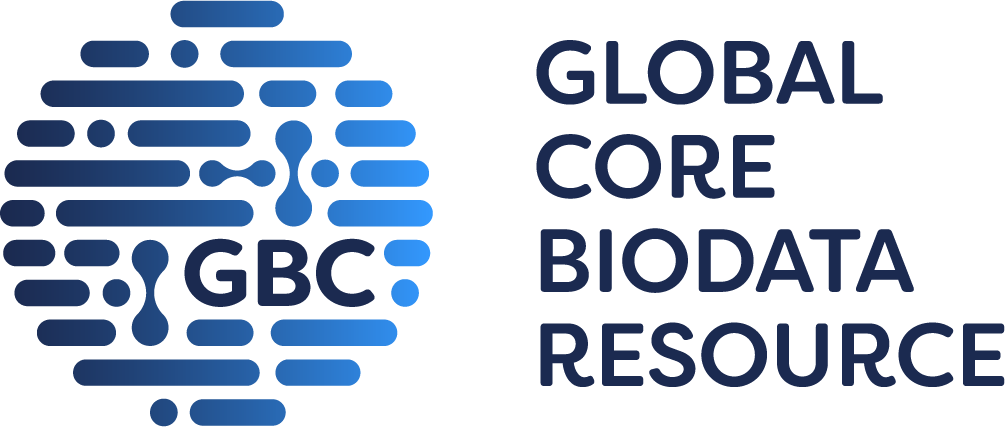mortality/aging
|
• die within hours of birth due to respiratory and feeding difficulties
|
craniofacial
|
• at E14.5, hyaluronic acid is only sporadically present
|
|
• at E13.5
|
|
• at E14.5, hyaluronic acid content is reduced in the mesenchymal cells
|
|
• shorter but wider
|
|
• at E14.5, hyaluronic acid content is reduced in the mesenchymal cells
|
micrognathia
(
J:283393
)
|
• at E13.5, hyaluronic acid content is reduced and not uniformly present in the palatal mesenchyme unlike in wild-type controls
• at E14.5, hyaluronic acid content is increased in the anterior palatal mesenchyme but lower in the posterior palatal mesenchyme and almost absent in the medial aspect compared to E13.5 embryos
• at E13.5 and early E14.5, palatal shelves appear similar in shape but are smaller in area compared to controls
• at E13.5, ECM space is reduced and mesenchymal cell density is increased in palatal shelves
|
|
• remain lateral to the tongue at P0
|
|
• at E13.5 and early E14.5, palatal shelves appear similar in shape but are smaller in area compared to controls
|
|
• reduced vertical dimension of the oral-nasal cavity
|
|
• complete cleft palate
|
|
• tongue occupies the entire oral-nasal cavity at P0
|
|
• appears wider at early E14.5
|
skeleton
|
• at E14.5, hyaluronic acid is only sporadically present
|
|
• at E13.5
|
|
• at E14.5, hyaluronic acid content is reduced in the mesenchymal cells
|
|
• shorter but wider
|
|
• at E14.5, hyaluronic acid content is reduced in the mesenchymal cells
|
micrognathia
(
J:283393
)
digestive/alimentary system
|
• at E13.5, hyaluronic acid content is reduced and not uniformly present in the palatal mesenchyme unlike in wild-type controls
• at E14.5, hyaluronic acid content is increased in the anterior palatal mesenchyme but lower in the posterior palatal mesenchyme and almost absent in the medial aspect compared to E13.5 embryos
• at E13.5 and early E14.5, palatal shelves appear similar in shape but are smaller in area compared to controls
• at E13.5, ECM space is reduced and mesenchymal cell density is increased in palatal shelves
|
|
• remain lateral to the tongue at P0
|
|
• at E13.5 and early E14.5, palatal shelves appear similar in shape but are smaller in area compared to controls
|
|
• complete cleft palate
|
|
• tongue occupies the entire oral-nasal cavity at P0
|
|
• appears wider at early E14.5
|
growth/size/body
|
• at E14.5, hyaluronic acid content is reduced in the mesenchymal cells
|
|
• shorter but wider
|
|
• at E14.5, hyaluronic acid content is reduced in the mesenchymal cells
|
micrognathia
(
J:283393
)
|
• at E13.5, hyaluronic acid content is reduced and not uniformly present in the palatal mesenchyme unlike in wild-type controls
• at E14.5, hyaluronic acid content is increased in the anterior palatal mesenchyme but lower in the posterior palatal mesenchyme and almost absent in the medial aspect compared to E13.5 embryos
• at E13.5 and early E14.5, palatal shelves appear similar in shape but are smaller in area compared to controls
• at E13.5, ECM space is reduced and mesenchymal cell density is increased in palatal shelves
|
|
• remain lateral to the tongue at P0
|
|
• at E13.5 and early E14.5, palatal shelves appear similar in shape but are smaller in area compared to controls
|
|
• reduced vertical dimension of the oral-nasal cavity
|
|
• complete cleft palate
|
|
• tongue occupies the entire oral-nasal cavity at P0
|
|
• appears wider at early E14.5
|



 Analysis Tools
Analysis Tools